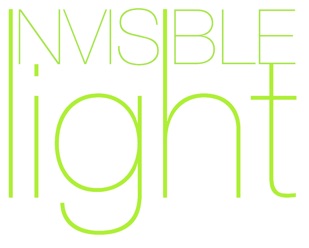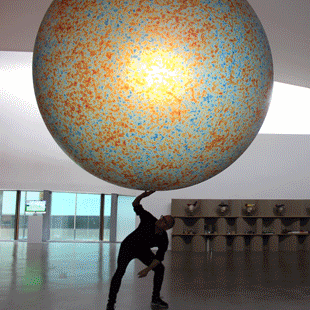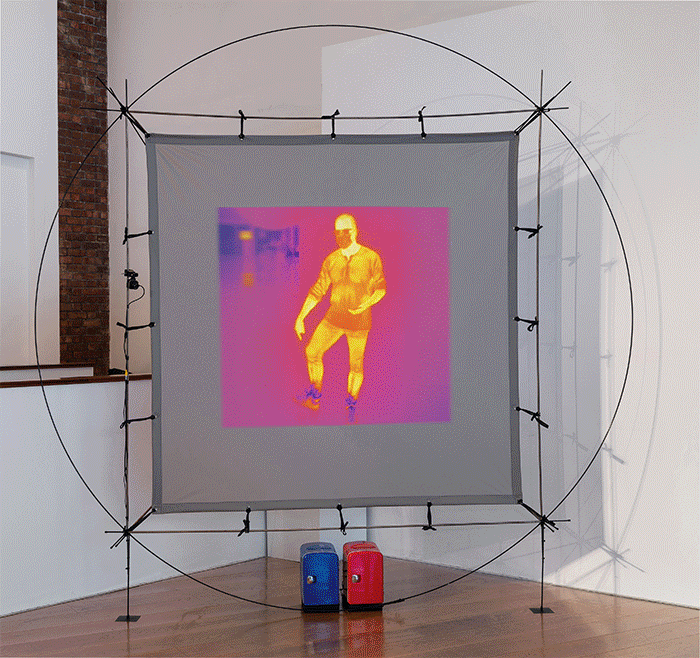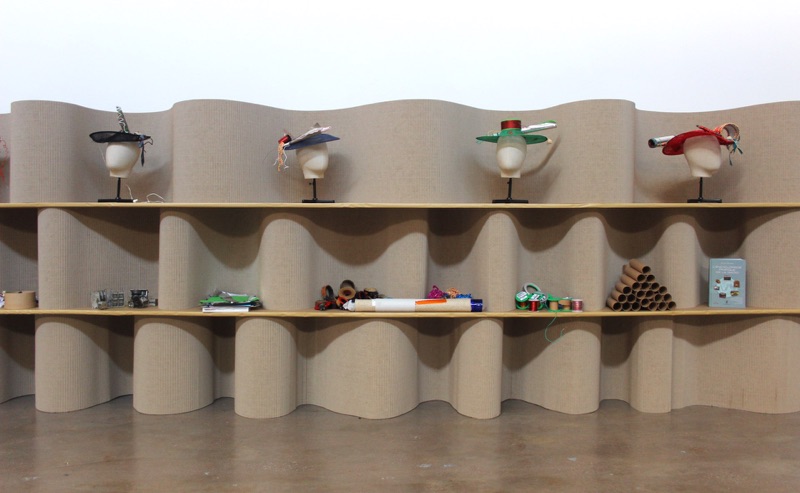Just as we reduce the visible spectrum to seven colours, we divide the electromagnetic spectrum into seven zones. The middle zone - the smallest - is the only one we call visible, but in truth they are all visible to us now…
The invention and construction of machine eyes that can see all this invisible light has been a collective project of central importance to the advance of our culture since the late 19th Century, and a vision revolution that has made the whole universe visible to us. Yet it is a collective project in which artists have barely participated, and a revolution that art theory scarcely acknowledges. Our project is to borrowing these eyes that science has made to see all the invisible light that illuminates the universe, and to use them as if they are not a scientist’s but an artist’s eyes. What is the difference between an artist’s eyes and a scientist’s eyes? Well, to begin with, the artist does not always look to measure, while all scientific projects begin with measurement. We might add that the artist is not always looking to harness: mostly it is enough for an artist just to see and to show the poetry. We should also mention that the artist gives as much consideration to the eye itself as to where the eye is looking: any scientific instrument that allow us to see invisible light has artistic possiblilities beyond what it was made to do. Finally, we should remember that art is about sharing: if an artist is fortunate enough to find a mountain peak from which to see the world in all its glory, the artist will not be happy until as many as possible have seen that glory.
















